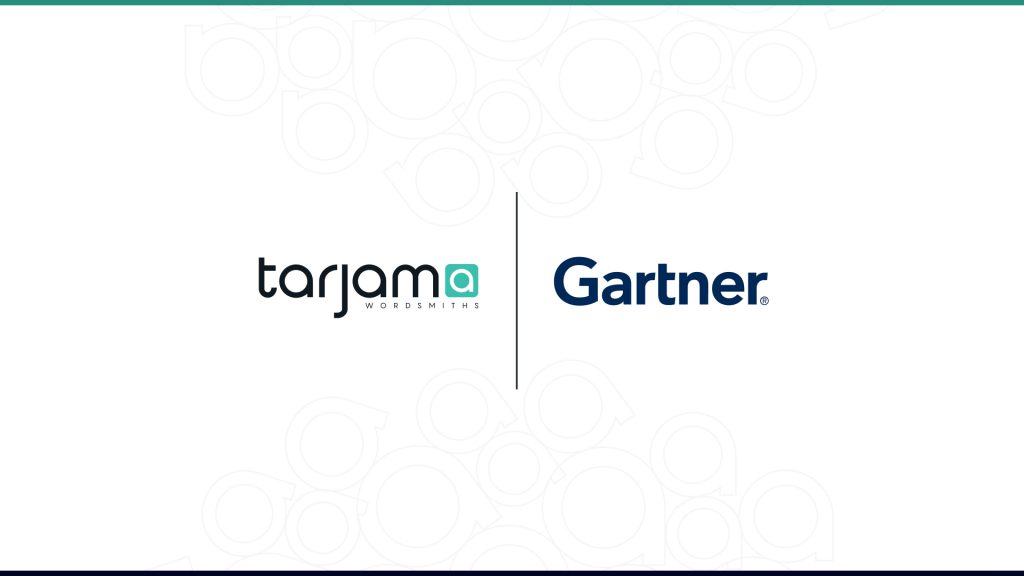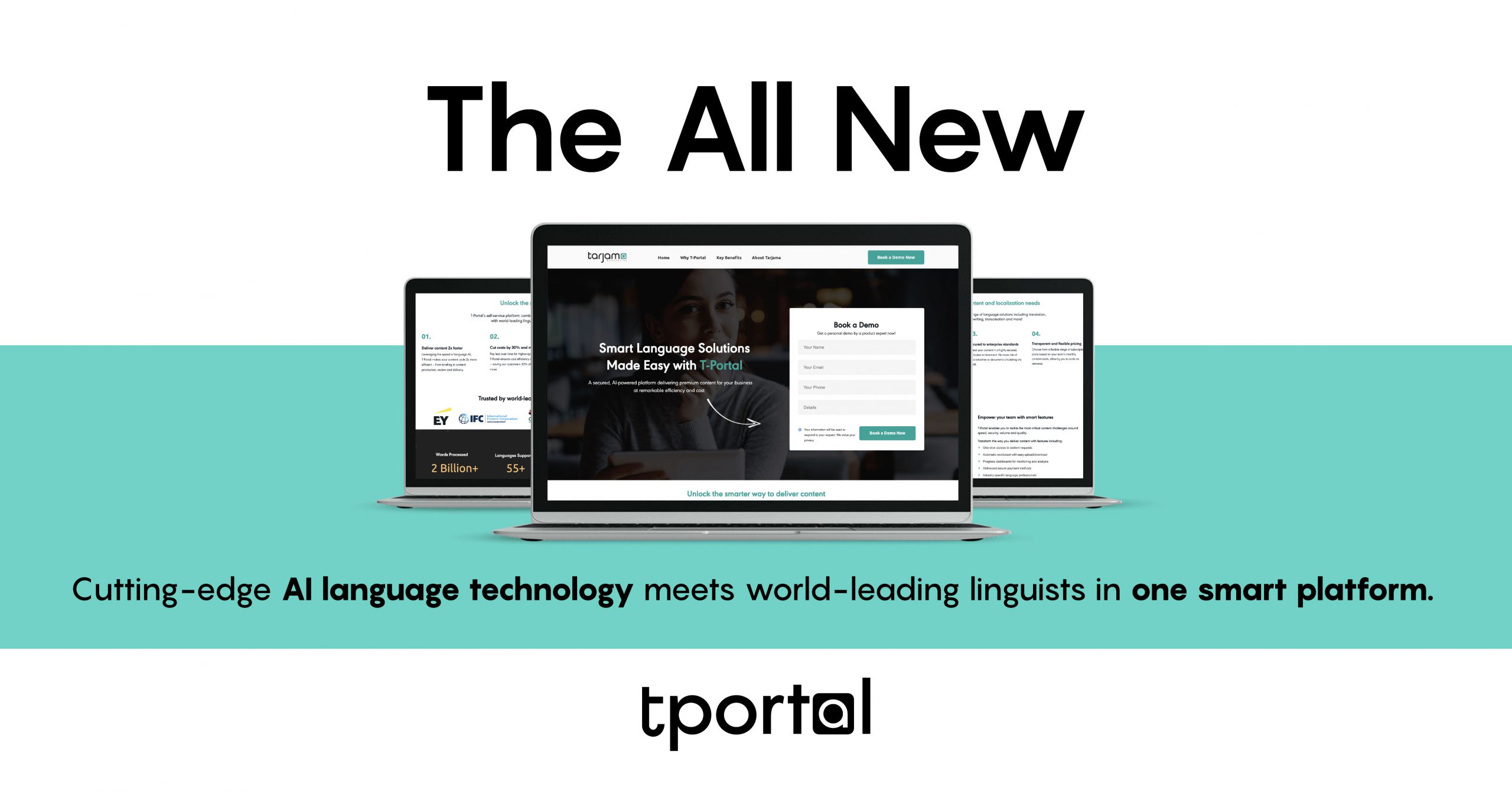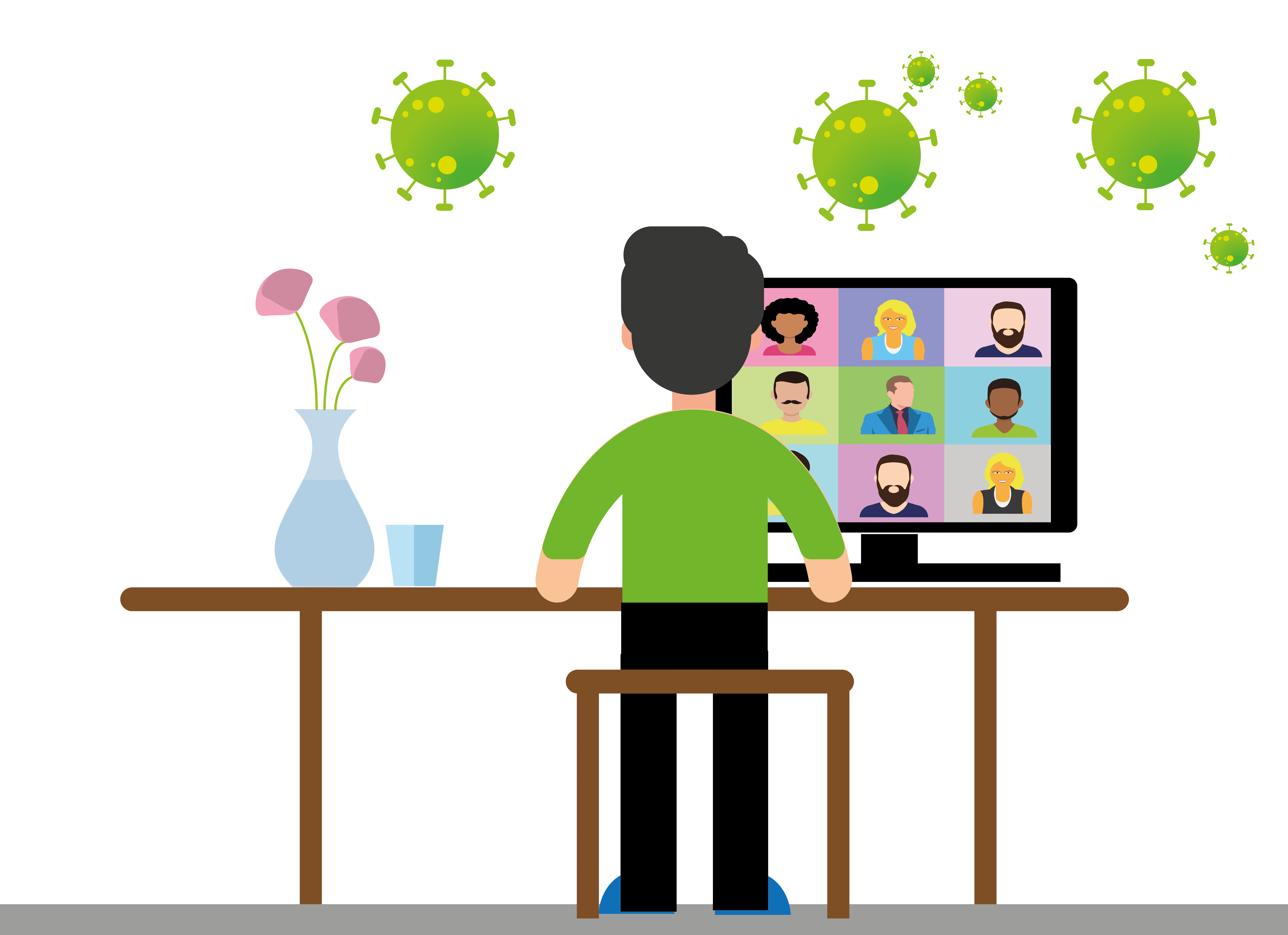With the global economy facing the threat of unprecedented recession due to COVID-19, businesses across all industries are currently affected, and your business is no exception. Now may not feel like the opportune moment to get your business idea or sales campaign off the ground. But if COVID-19 has taught us one thing, it is that being proactive, relentless, and self-sufficient in business is more important now than ever.
How well you adapt your sales process will determine your business’s sustainable growth and profit during such a volatile time. Our four-step plan to pitching will ensure that you are pitching the right services to the correct customers. And that you are putting your time and effort into securing deals that will close, building a lasting relationship between you and your customer/investor base.
Businesses are inundated with sales calls and communication every day and there are many ways that a pitch can go wrong in 2020. But with some basic research and practice, you can make sure you stand out from the crowd when pitching to your client. By following the steps below, you will ensure your pitch is well-researched, thoroughly practiced, timely, and perfectly executed to close the deal of your dreams.

1. Pitch in the right places.
Investors, clients, and customers may be tightening their purse strings and cutting budgets in response to the financial implications of COVID-19. Therefore, it is important to ensure that you’re prioritizing pitching to targeted audiences for whom your product or services will really make a difference. 90% of closing a deal comes from knowing where to start and the most important aspect of any sales pitch is pitching it to the right people, at the right time. Ever tried selling an umbrella in a desert? Of course not! We know that would be a waste of your time and resources, and the same goes for pitching post-COVID-19.
Do your research and find out what clients/investors are spending their money on and where they are making cuts – if any. Doing your research before pitching may seem like a lot of work but it could save you time in the long run by ensuring you are reaching the people who need to hear your message. Researching can take many forms, some accessible options can include viewing your client’s social media to see what resources they are already using, establishing how you can offer something new to the table. To delve further, you can research useful statistics for the company’s spending in the past, if you’re dealing with a publicly traded company. Get your hands on their annual financial audits and analyze how much their budget has been spent on the product/service you want to sell; thereby ensuring that you’re coming in prepared with a reason as to why they need your product/services.

2. Practice makes perfect.
Like most skills in life, the more we practice the more we see results from our efforts. While it may feel silly speaking to yourself in the mirror, writing out your pitch and practicing it not only makes you more comfortable with your delivery but it also allows you to focus more on your client’s reactions, than on your own nerves. With the way the world is changing after COVID-19, video pitching and conference calls will be even more present than before so nailing your pitching technique can be all it takes to secure a deal. By practicing your pitch and paying attention to the details, you can refine what you have to say, making sure you get straight to the point of what you have to offer.
In the post-COVID age, pitching is about reacting to your client’s reactions. Making sure you have a good internet connection for virtual pitching not only shows your professionalism but allows you to focus on reading how your client responds at different points throughout your pitch. Practice using virtual software from different locations in your building to make sure you establish the best spot for a connection. The last thing you need is your feed going down mid-pitch. When all the small things come together, a great pitch can happen.

3. Change up your pitching style to reflect the time.
Now that various social distancing measures are in place around the world and the idea of a confined ‘elevator pitch’ is a thing of the past, it’s a great time to utilize innovative and diverse technology to reach clients and customers in new, dynamic ways.
As much of the world remains in lockdown, pitching has been forced to take a new form. With the traditional face-to-face sales pitch more likely taking place over video or email we must adjust to meet the needs of lock- downed and quarantined clients across the globe. Never underestimate the power of building connections with your client via email and other direct messaging methods. The easier it is for your client to access your information the more likely they are to take the time to listen to what you have to say.
Digital pitching allows you to send your deck or presentation to your client before your pitch, so make sure it’s packed with relevant information and that when you pitch, you’re not just repeating what your presentation said. Digital pitching means clients may take more time to study your presentation than before, so focus as much effort as you can to craft a presentation tailored to their specific needs that will ignite interest before you even begin to talk. As mentioned before, practice makes perfect and pitching over video calls will require a different technique than you may have previously used in sales. This means it’s worth recording yourself pitching to ensure that you are making the most of facial expressions and eye contact, meaning you can secure engagement through visual prompts and gestures.

4. Close with confidence.
Closing may seem like the most nerve-racking, scary, and even overwhelming part of any sales pitch, but in a post-COVID-19 world, this does not have to be the case. If you have followed steps 1 -3 then you should have pitched to a client that is open to what you have to offer. By presenting your services as a solution, not a product, you can position yourself as a problem- solver; a necessity that will make a difference to your client’s business/life in a way they cannot deny. Having practiced your pitch, you can actively listen to the questions and responses from whom you are pitching. If you know your pitch off by heart you can even pick up on non-verbal cues to gain a further understanding of how your client is reacting to your pitch.
Closing is all about balancing comfortability with concision. Be direct and open in your desire to make a sale but do not allow this to take away from building rapport with your client. Asking if they have any questions, feedback, or thoughts on what you have had to say is a great way to get the conversation moving in a closing direction. If for any reason, your pitch has not prompted them to ask questions or come up with feedback, simply asking the client if they can see how your services/products could be used by them can allow them to start talking about collaborating with you in a way that enables you to close the deal. Saying things like “can you give me a timeline as to when I can complete this for you?” or “do you have a sales email address I can send the contracts to?” allows you to move away from the pitch and finalize your sale.
Closing deals in this new world may come with its challenges, however, by making the most of how sales operations have changed, you can be ahead of the curve by tailoring your product/services to suits clients in the post-COVID age. Making use of our checklist will ensure you are entering your pitch prepared and professional, presenting yourself and your services as something your clients didn’t even know they needed.
Looking to tailor your sales decks and proposals so that they resonate uniquely with your ideal target markets? Get in touch to learn about Tarjama’s transcreation services that work to adapt your content seamlessly for a new market, while keeping your original messaging, meaning, and quality.





















